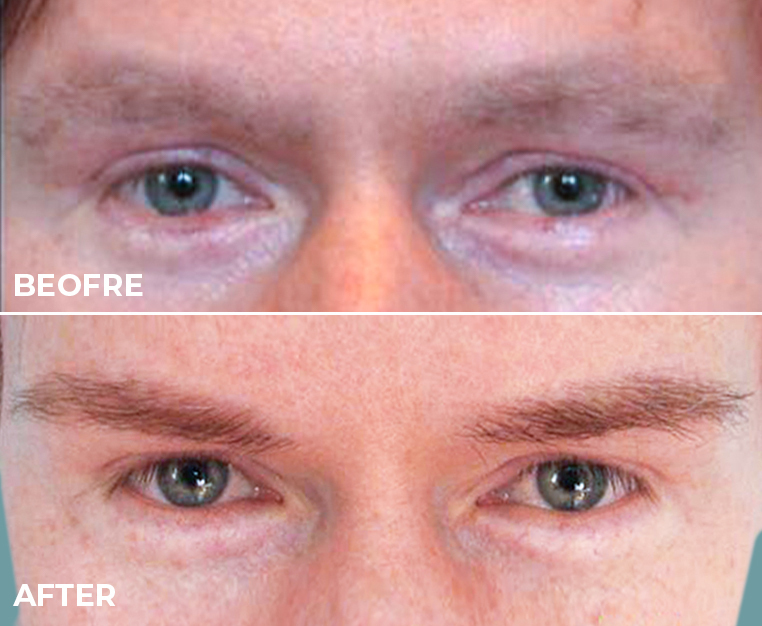In a world where hairstyles come and go, there’s one natural phenomenon that transcends trends – hair loss. But here’s the twist: it doesn’t seem to happen uniformly around the globe. From the bustling streets of cities to the quiet corners of villages, baldness rates vary remarkably, leaving us with questions about genetics, lifestyle, and a touch of cultural flair. Join us as we embark on a journey to uncover the countries where hair seems to be playing an elusive game of hide and seek.
In this article, let’s unveil the top 10 baldest countries in the world.
Baldest Countries in the World
1. Czech Republic – 42.8%
The study identified the Czech Republic as having the highest prevalence of baldness, where over 40% of adult males are affected. This is mainly due to genetics, hormonal factors, and lifestyle. Diet can also play a role. The Czech diet is characterized by rich soups, hearty stews, meat-centric meals, starches, and beer consumption.
2. Spain – 42.6%
Spain comes second on the list. While men are typically more prone to its effects, women also commonly experience its development, especially after the age of 50.
3. Germany – 41.2%
In Germany, the issue of baldness affects 41.2% of its male population. Many individuals are turning to diverse hair transplant procedures as their primary recourse to address this challenge.
4. France – 39.24%
France ranks as the fourth country worldwide with a baldness rate of 39.24%. Even the young population experience hair loss which is why more and more French men are embracing hair transplants and other hair loss solutions.
5. United Kingdom – 39.23%
A highly prevalent condition, male hair loss affects over 6 million men in the UK. Beyond its physical implications, it can also significantly influence self-esteem and mental well-being.
6. Italy – 39.2%
Art, wine, cheese, fashion, opera, and bald men are apparently things associated with Italy. Around 39.2% of Italian men experience hair loss, impacting their confidence and youthful look. Good thing there’s now a plethora of hair loss solutions to help men swiftly restore a full head of hair.
7. Netherlands – 39%
Famed for its tulips, windmills, infrastructure, and canals, the Netherlands also harbors a significant percentage of male baldness. Statistics reveal that 39% of Dutch men experience hair loss.
8. United States – 37.9%
The Land of the Free also contends with a significant prevalence of male baldness. Around 37.9% of American men experience hair loss. Additional evidence is found in the numerous globally renowned bald American icons, including The Rock, Jeff Bezos, Mike Tyson, Michael Jordan, and Bruce Willis, among many others. Many celebrities have also addressed their hair loss through diverse hair loss treatments.
9. Canada – 36.3%
The Great White North has 36.3% of its male population encountering hair loss, which equates to more than one in three men. While this isn’t ideal for the harsh winter climate, they can consider visiting hair clinics for effective hair loss remedies.
10. Belgium – 36%
Last on the list is Belgium. Baldness, known as “kaalheid” in Belgium, is a notable concern. Genetic predisposition, hormonal changes, and lifestyle factors contribute to hair loss. Belgians often explore remedies such as hair transplants and other innovative treatments to address this issue and restore confidence.
Prevalence of Male Pattern Hair Loss Worldwide
Contrary to presumptions of excess testosterone causing baldness, it’s actually the sex hormone dihydrotestosterone (a derivative of testosterone) that disrupts the hair growth cycle. Inherited sensitivity to this hormone leads to finer hair, receding hairlines, and baldness.
The baldest countries featured above are often inhabited by Caucasians who generally experience quicker hair loss compared to other ethnicities.
The American Hair Loss Association (AHLA) reports that 95% of male hair loss is due to androgenetic alopecia, commonly known as male-pattern baldness. This arises from genetic susceptibility to dihydrotestosterone (DHT).
Over time, hair follicles sensitive to DHT shrink, shortening the hair’s lifespan until follicles cease hair production entirely. Balding risk rises with age due to testosterone converting to DHT as men grow older. Those genetically predisposed to sensitivity tend to experience hair loss eventually.
Nutrition and lifestyle
Yet, a 2019 assessment published in the Dermatology and Therapy journal proposed that insufficiencies in vitamins B12 and D, biotin, riboflavin, and iron might contribute to inadequate hair growth.
Nutrition could also impact hair loss. Czech cuisine, rich in hearty soups, meat-based meals, starches, and beer, mirrors a comparable pattern in the UK. These food choices are notably deficient in the essential vitamins and minerals crucial for promoting hair growth.
A 2018 Nutrients journal analysis indicated that 95% of the Czech Republic’s examined populace lacked vitamin D. Simultaneously, the National Institutes of Health (NIH) discovered a 42% deficiency rate in Americans’ vitamin D levels.
Good thing there are now advanced and effective solutions for hair loss problems including hair transplant, mesotherapy, laser cap, micro scalp pigmentation, and platelet-rich plasma. Vinci Hair Clinic offers all of these hair restoration treatments. The clinic has branches across the globe from Europe to Asia to North and South America.
Visit the Vinci Hair Clinic branch near you or visit the website to book a consultation today!


